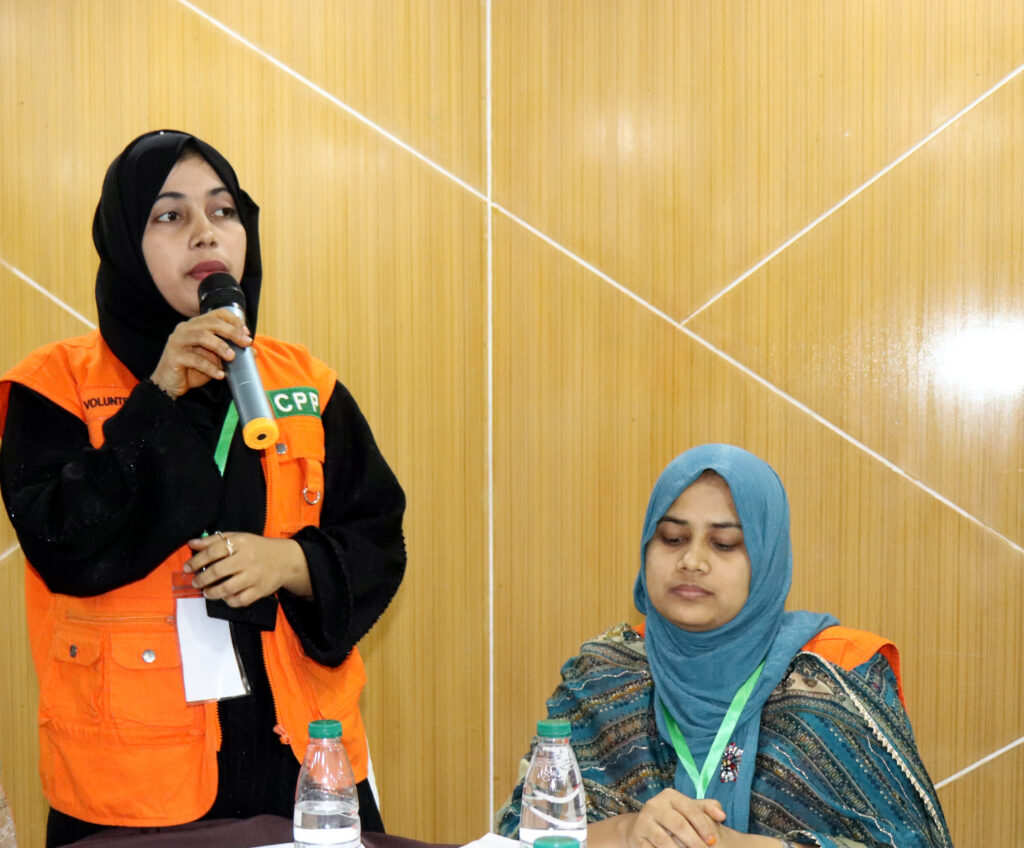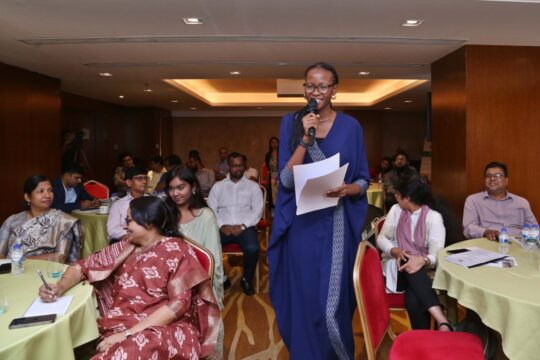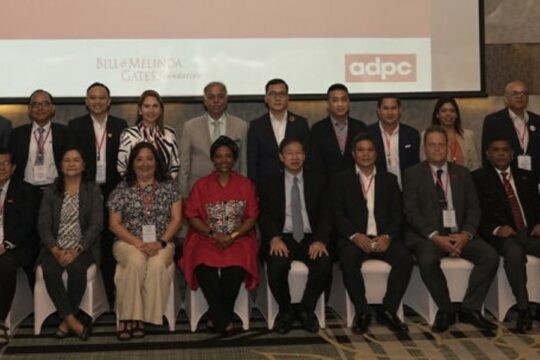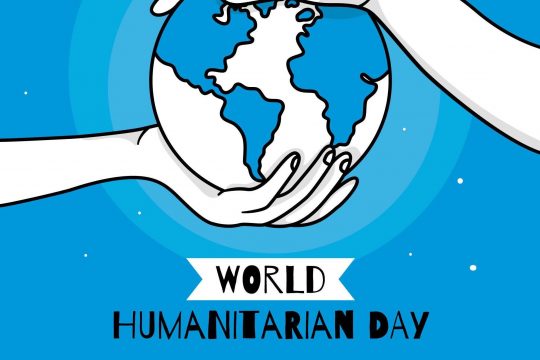With the vision of establishing critical hubs for collecting, collating, storing, analyzing, and disseminating disaster-related information at both national and local levels, the Government of Bangladesh has constructed 65 multi-storied Disaster Management Information Centres (DMICs) at district and upazila levels across the country between 2018 and 2024. The core objective of this initiative was to ensure timely and reliable communication before, during, and after disasters to support coordinated action, risk mitigation, and resilience-building.
However, despite this significant infrastructure investment across Bangladesh, most DMICs remain underutilized. Recognizing this issue, the Bangladesh Preparedness Partnership (BPP)— led by the Ministry of Disaster Management and Relief (MoDMR) with technical support from the Asian Disaster Preparedness Center (ADPC) and financial support from the Gates Foundation carried out an evidence-based assessment in three high-risk districts—Cox’s Bazar, Kurigram, and Bagerhat to identify the operational challenges and formulate policy recommendations for activating the DMIC network.
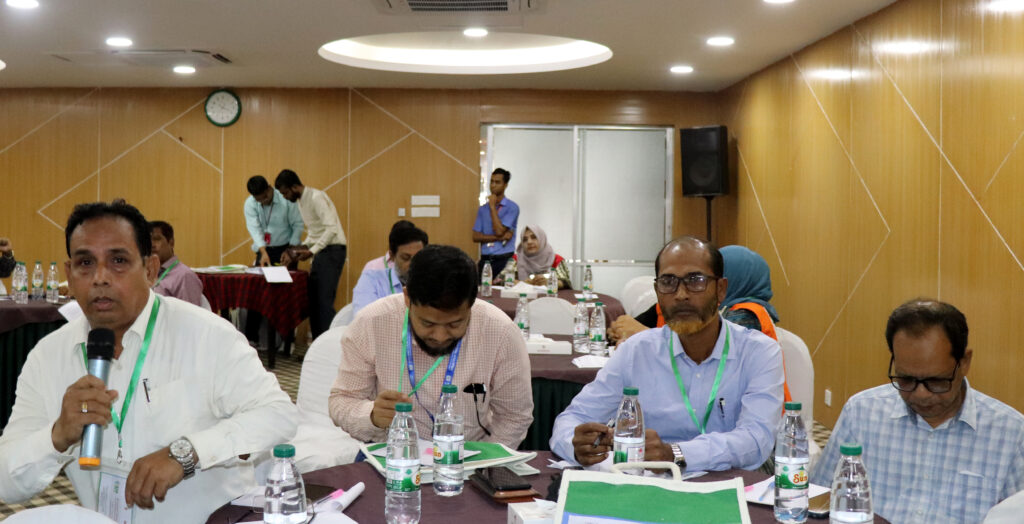
The study, titled “Strengthening Disaster Management Information Centers,” revealed several systemic challenges, including a lack of skilled human resources, outdated equipment, staff shortages, limited digital integration, the absence of a formal government policy for DMIC operations, and insufficient funding.
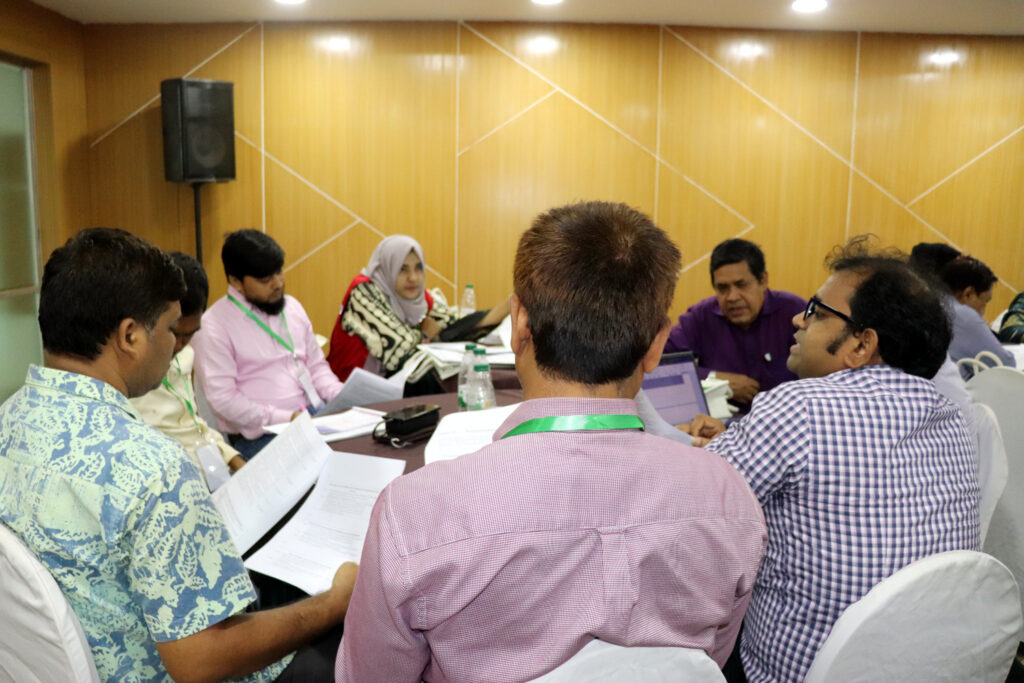
The findings were presented at a district-level multi-stakeholder workshop held on May 14 in Cox’s Bazar, one of the country’s most disaster-prone areas and home to the world’s largest refugee population. The event was attended by most district-level government officials from various concerned departments, DRR practitioners, academics, civil society representatives, journalists, chambers of commerce, NGOs, and educational institutions.
During the workshop, participants reviewed the findings, prioritized district-specific interventions, and outlined agency responsibilities for short, medium, and long-term actions. Stakeholders endorsed the idea of developing a “Cox’s Bazar Model DMIC” as a scalable and replicable prototype to guide nationwide implementation.
